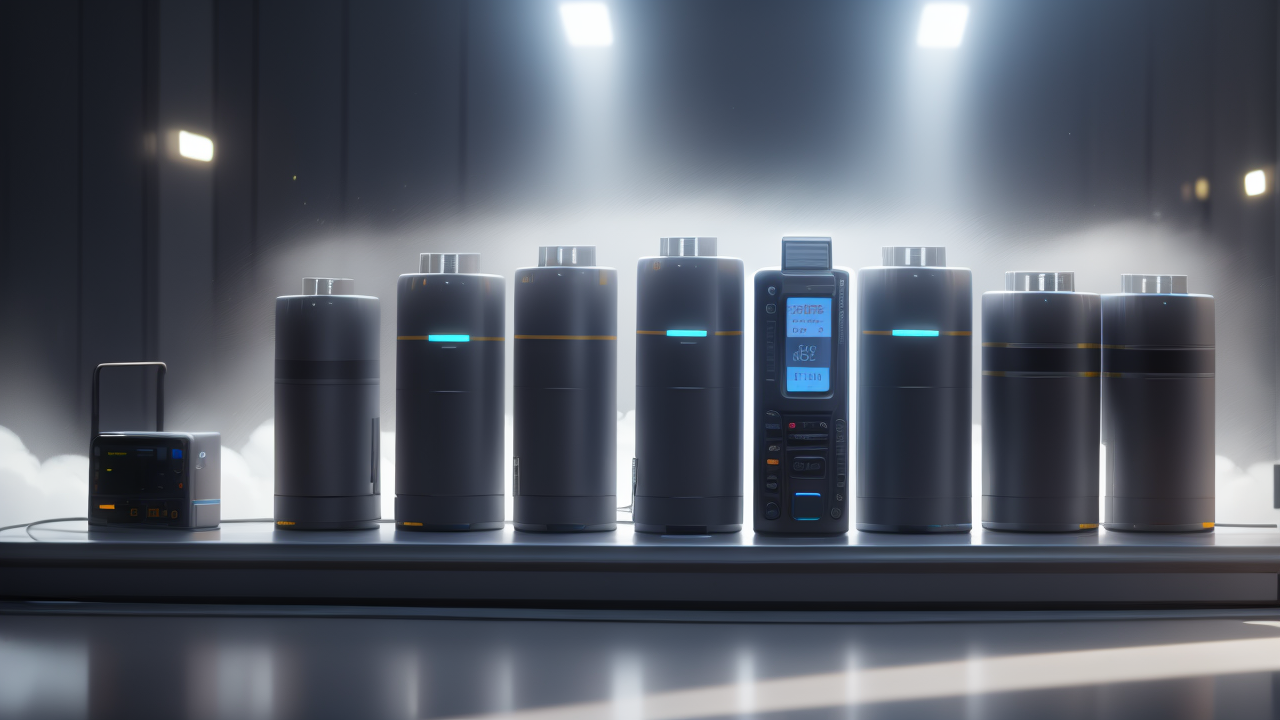The Evolution of Police Communication Technology in the United States
The Origins of Walkie-Talkies in Law Enforcement
Walkie-talkies first made their way into law enforcement in the mid-20th century. These portable radios changed how police communicated in the field. Before walkie-talkies, officers relied on call boxes or car radios. These methods were limited and often slow. Walkie-talkies allowed instant communication between officers on foot or in vehicles. This new tech improved response times and officer safety. Early models were bulky and had limited range. But they marked a big step forward in police operations. As the technology improved, so did police efficiency and coordination.

Milestones in Police Radio Communications
Over the years, police radio systems have seen many improvements. In the 1930s, one-way radio systems were introduced. Officers could receive messages but not respond. Two-way radios came in the 1940s, allowing real-time communication. The 1960s brought smaller, more portable devices. This made it easier for officers to carry radios on their person. The 1970s saw the rise of computer-aided dispatch systems. These systems helped coordinate responses more effectively. In the 1980s and 1990s, digital technology began to replace analog systems. This improved sound quality and security. Each milestone brought better communication and safer policing.
Advancements in Digital Communication for Police
Today's police radios are far more advanced than their early counterparts. Digital systems offer clearer audio and better coverage. They also provide encryption for sensitive communications. Many modern radios integrate GPS tracking. This helps commanders know where their officers are at all times. Some systems can send text messages or small data files. This is useful for sharing suspect descriptions or license plate numbers. Digital trunking allows more efficient use of radio frequencies. This means more officers can communicate at once. As technology advances, police communication becomes more reliable and versatile.
Tactical Advantages of Using Walkie-Talkies for Law Enforcement
Enhancing Safety and Coordination in the Field
Walkie-talkies play a crucial role in keeping officers safe and coordinated. They allow instant communication during critical situations. Officers can call for backup or warn others of danger quickly. In pursuits, walkie-talkies help coordinate efforts across a wide area. They enable officers to share real-time updates on suspect locations. During large events, they help manage crowd control efforts. Walkie-talkies also allow supervisors to direct resources effectively. In hostage situations, they facilitate communication between negotiators and tactical teams. Overall, these devices greatly improve situational awareness and team coordination.

The Role of Walkie-Talkies in Emergency Response
In emergencies, walkie-talkies are vital tools for first responders. They allow police to coordinate with fire departments and EMTs. This coordination is crucial for effective disaster response. During natural disasters, walkie-talkies often work when cell networks fail. They help organize search and rescue efforts in remote areas. In active shooter situations, they enable rapid response and information sharing. Walkie-talkies also play a key role in evacuation procedures. They help direct people to safety and manage traffic flow. Their reliability in crisis situations makes them indispensable for emergency services.
Cost-Effectiveness and Durability of Walkie-Talkies
Walkie-talkies offer several practical advantages for police departments. They are generally more cost-effective than other communication systems. Unlike cell phones, they don't require monthly service fees. Many models are built to withstand tough conditions. They can resist water, dust, and drops. This durability makes them ideal for the demanding nature of police work. Walkie-talkies also have long battery life, often lasting entire shifts. They're easy to use, requiring minimal training. Maintenance is usually simple and inexpensive. These factors make walkie-talkies a smart investment for law enforcement agencies.
Future Directions for Police Communication in the United States
The Integration of AI and Machine Learning
Artificial intelligence and machine learning are set to transform police communications. AI could help filter and prioritize radio traffic automatically. This would reduce dispatcher workload and improve response times. Machine learning algorithms might predict crime patterns. This could help deploy officers more effectively. AI could also assist in real-time language translation. This would be useful in diverse communities. Voice recognition could enhance security and streamline report writing. As these technologies advance, they promise to make police work more efficient and data-driven.

Interoperability and Data Sharing in Law Enforcement
Improving interoperability is a key goal for future police communications. This means different agencies and jurisdictions can communicate seamlessly. It's crucial for handling large-scale incidents or cross-border pursuits. Future systems may integrate voice, data, and video in one platform. This would allow officers to share a wide range of information quickly. Cloud-based systems could provide instant access to databases and records. Improved data sharing could help solve crimes faster and prevent terrorist attacks. However, these advances also raise privacy concerns that need to be addressed.
Preparing for the Next Generation of Communication Technology
The future of police communication goes beyond traditional radio systems. 5G networks could enable high-speed data transfer and video streaming. This might allow real-time body camera feeds to command centers. Augmented reality could provide officers with instant information about their surroundings. Smart devices could monitor officer health and stress levels. Drones might serve as mobile communication relays in remote areas. As technology evolves, police departments must adapt their training and policies. They need to balance new capabilities with ethical considerations. The goal is to leverage technology to enhance public safety while protecting civil liberties.


